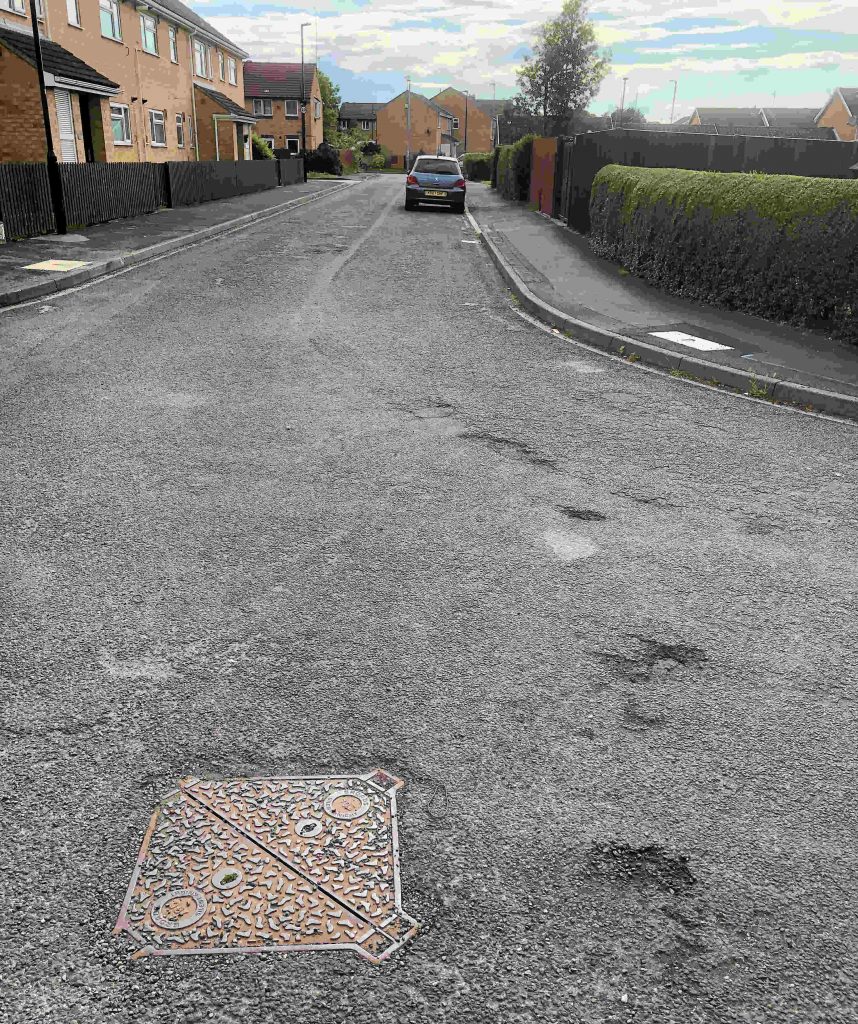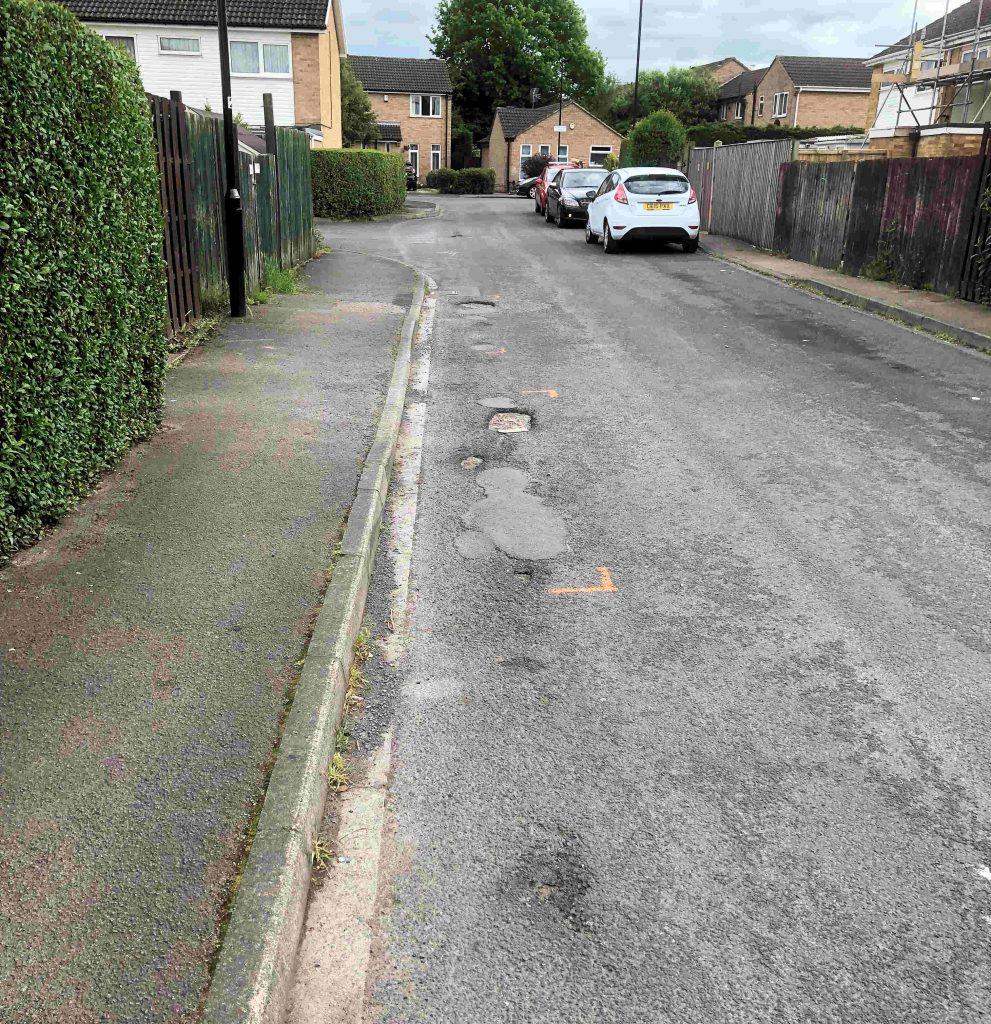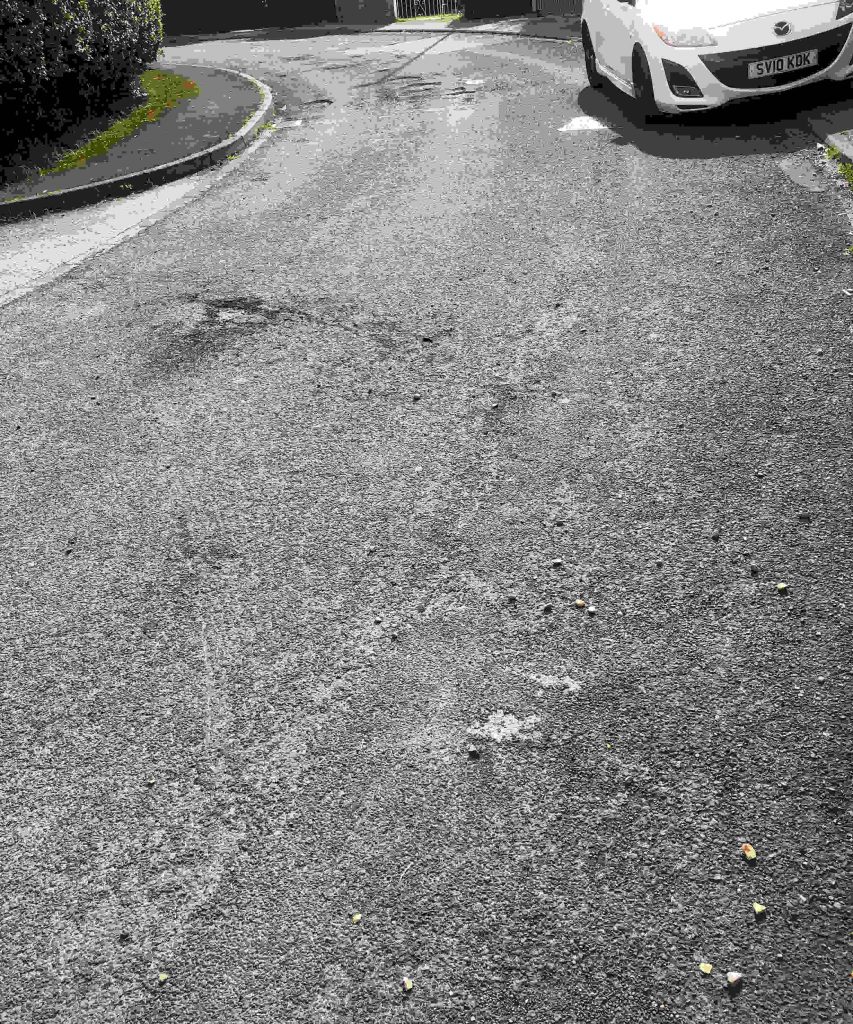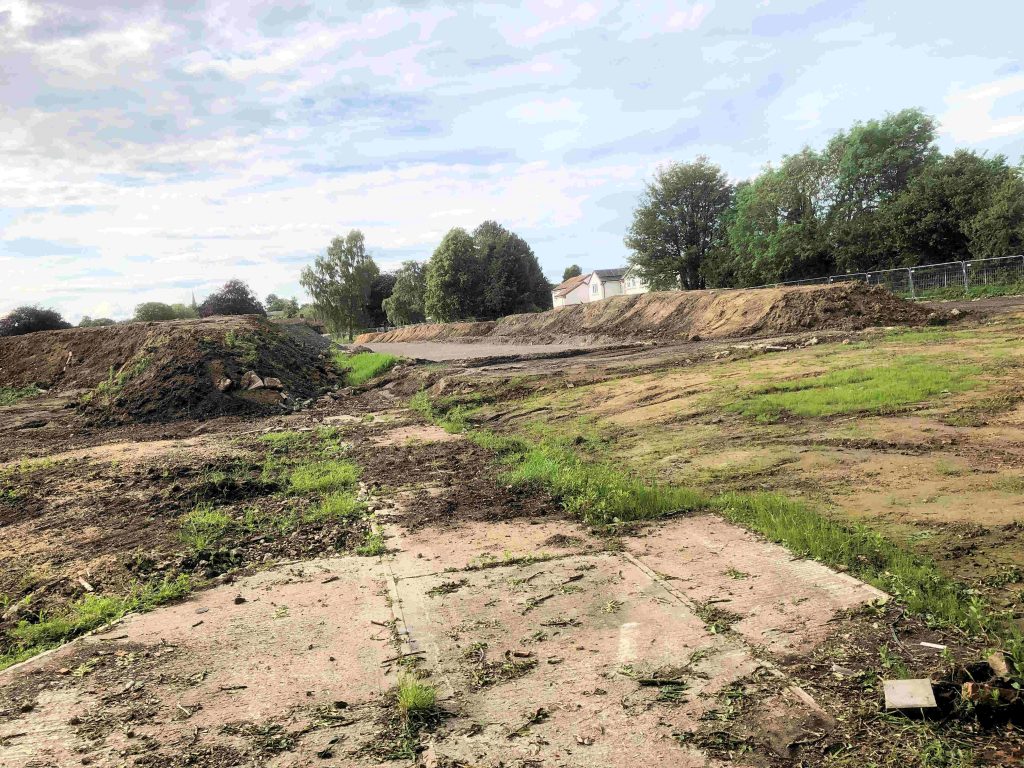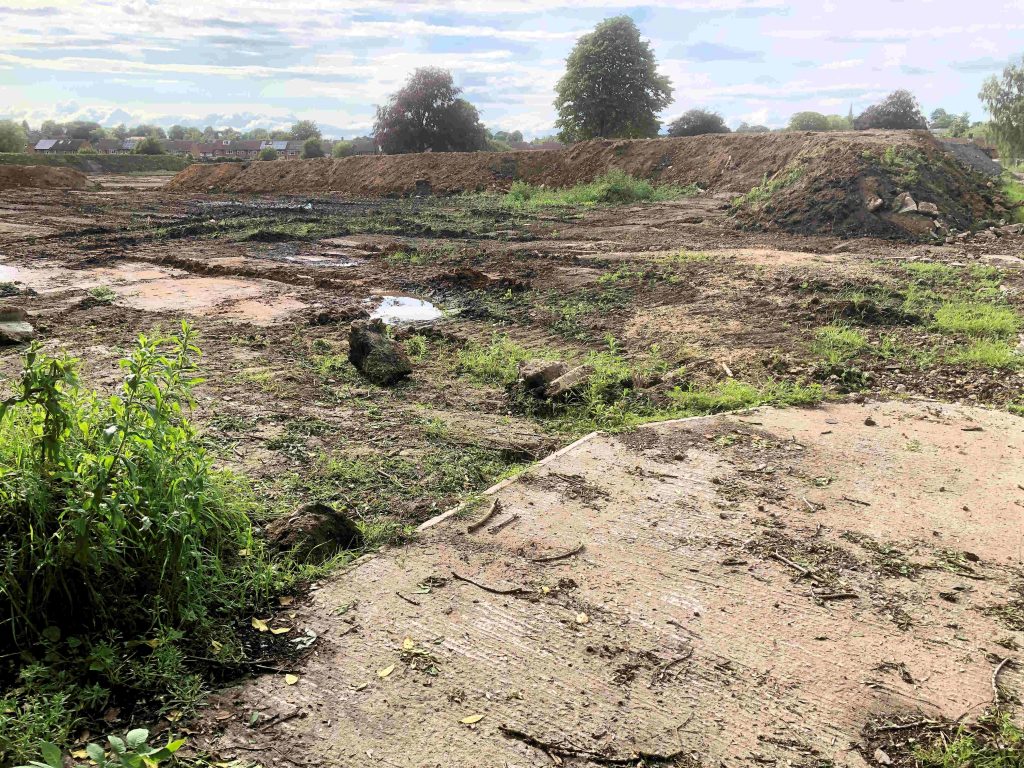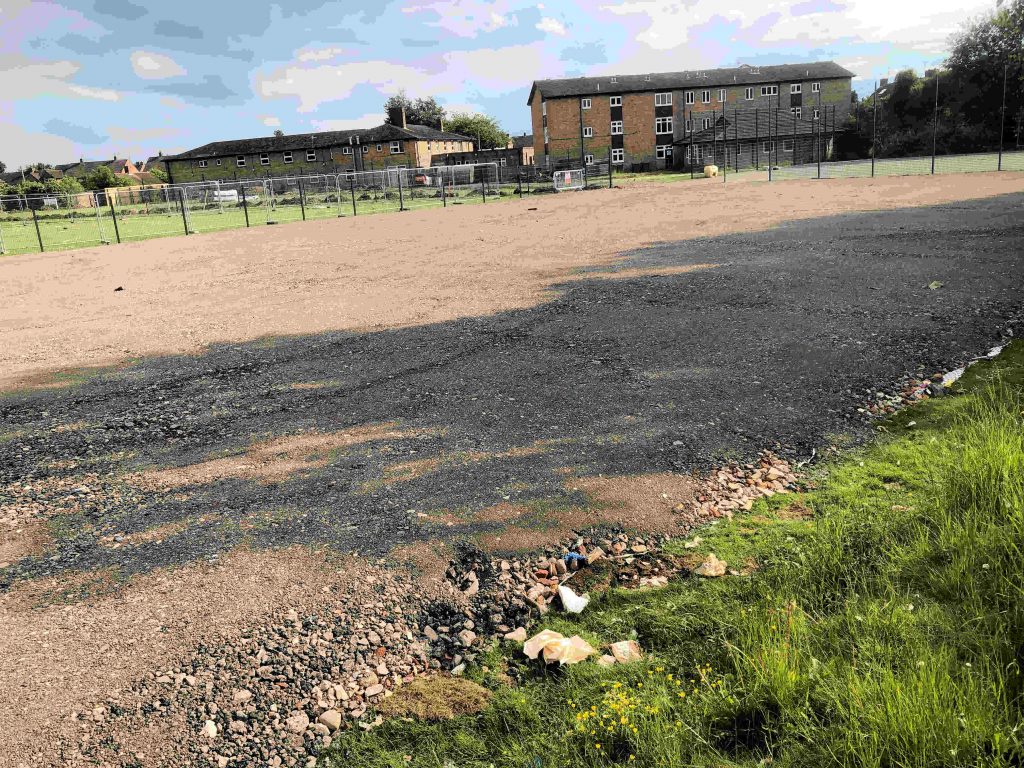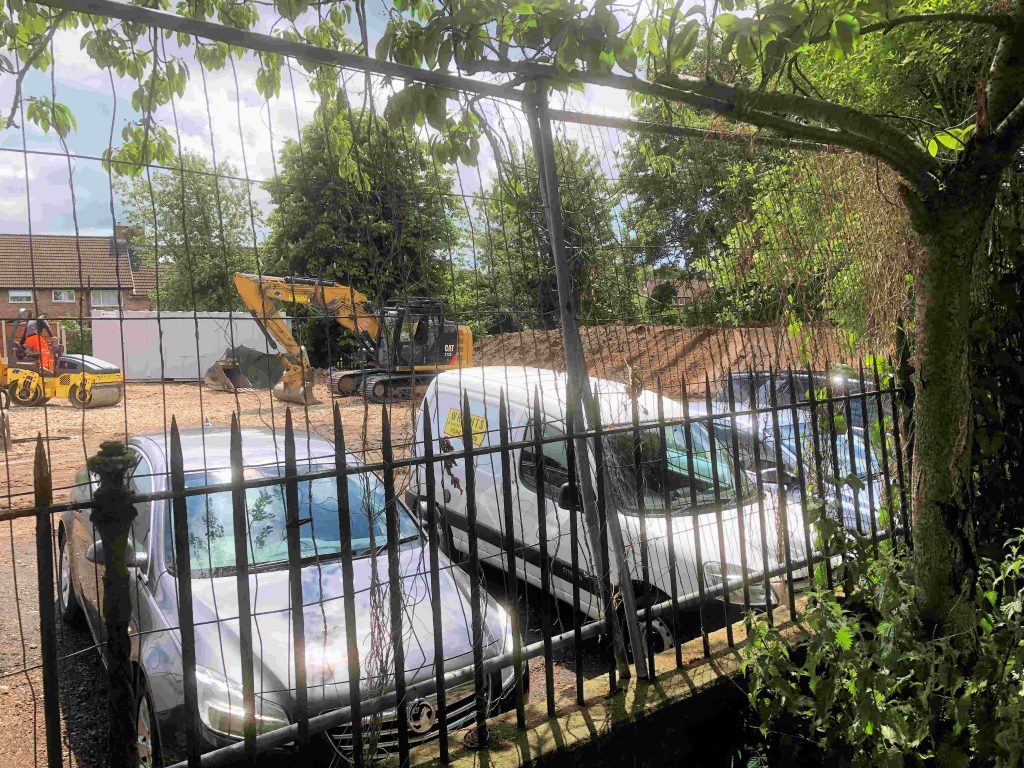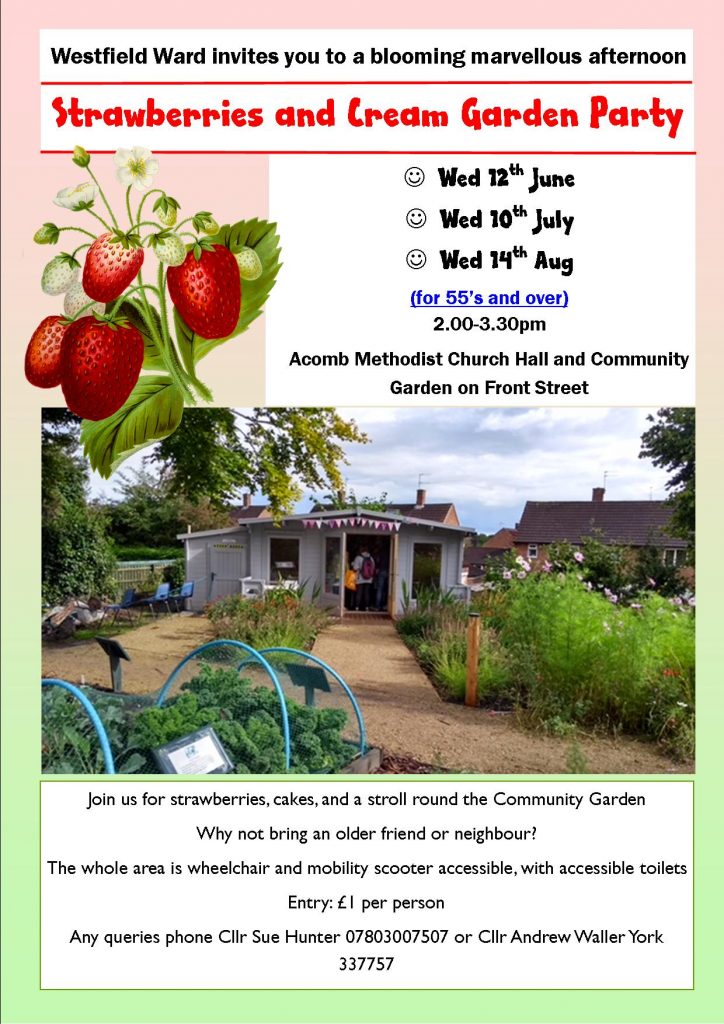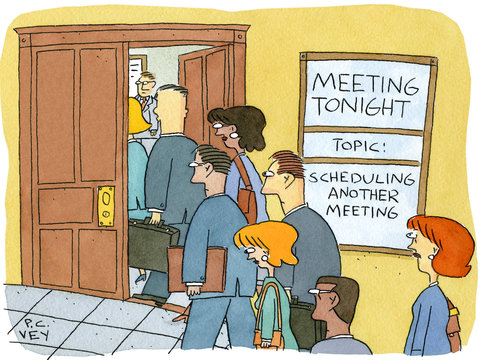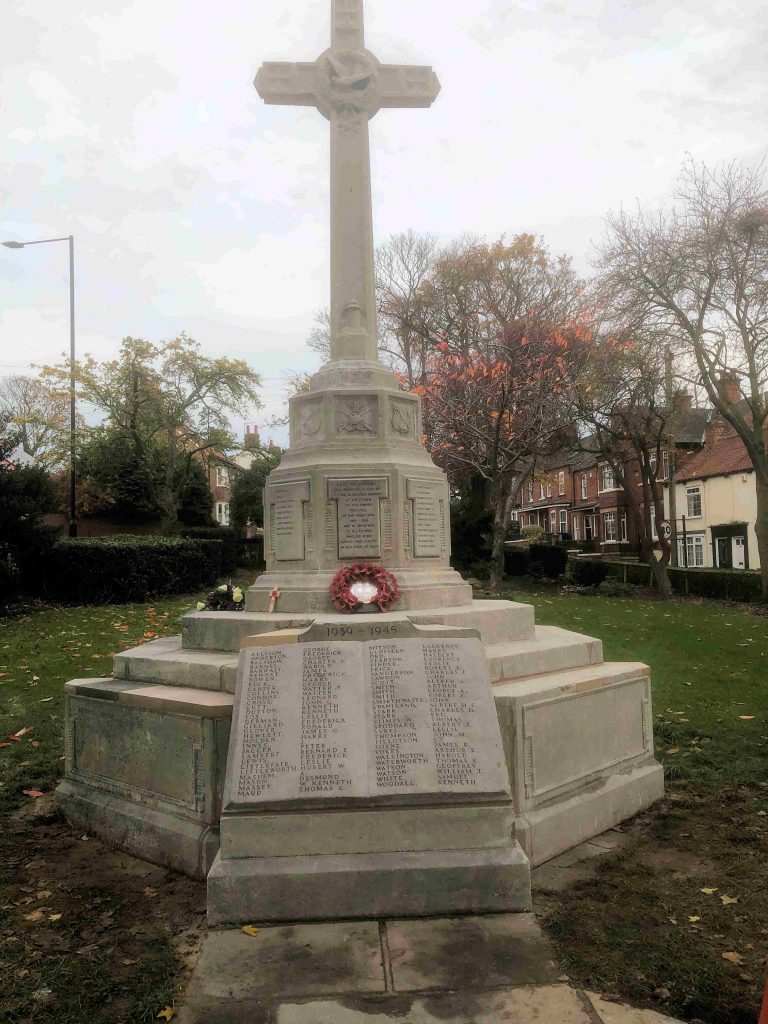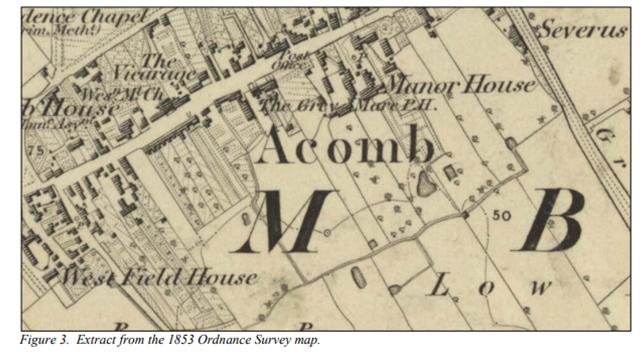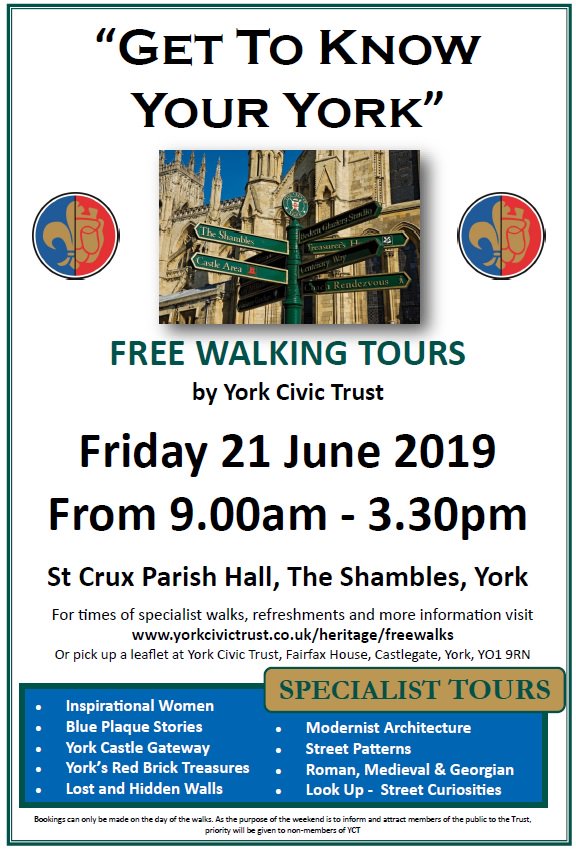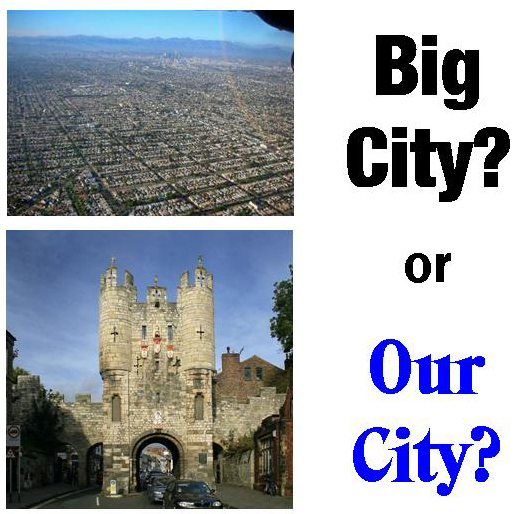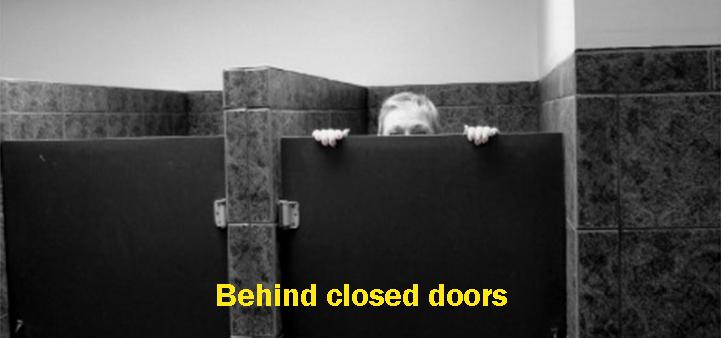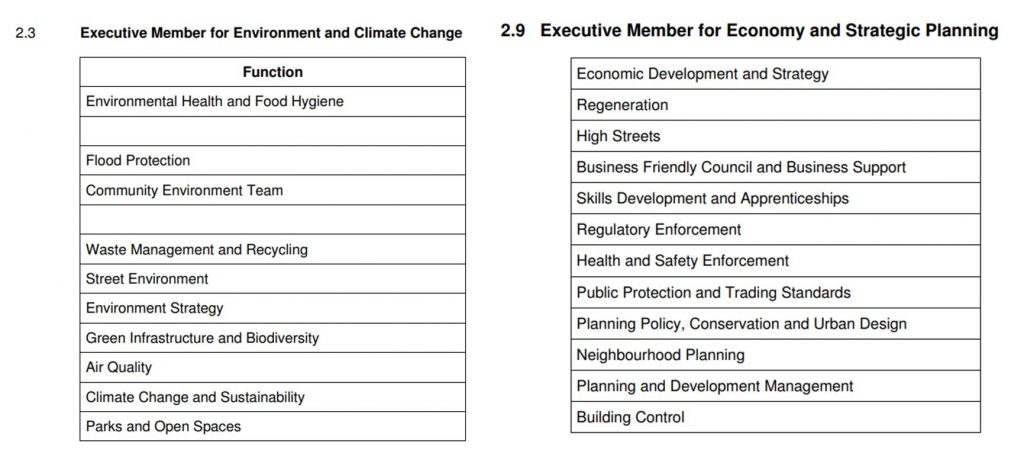From Monday 10 June, York residents, businesses and other interested groups will get the chance to comment on additional evidence and proposed modifications to the city’s Local Plan.
Planning inspectors have asked for the six-week consultation period before examining the plan at public hearing sessions later this year.
The consultation will ask for comments on the following additional evidence and modifications, including:
- removing housing site allocations at Queen Elizabeth Barracks, Strensall and Land at Howard Road, Strensall),
- formally revising the Objectively Assessed Housing Need (OAN) from 867 to 790 dwellings in York each year for the duration of the plan.
- amendments to the greenbelt boundary have also been proposed, in order to take into account recent changes such as planning decisions in York and the removal of the Strensall Barracks site.
To have your say, visit www.york.gov.uk/localplan. The consultation will end at midnight on Monday 22 July 2019.
Hard copies of all of the consultation documents will also be available in West Offices, Station Rise and York Explore Library. The main consultation documents will be available in all libraries and Explore Centres in York.
The removal of site allocations – totalling 550 dwellings – follows a recent visitor survey commissioned by City of York Council, supported by Natural England, which highlighted that there would be significant effects on the integrity of the Strensall Common, a protected site, if the proposed housing sites adjacent to the Common remain in the Local Plan.
The reduction in the housing need figure reflects updated national projections for population and housing growth which forecast lower growth than was previously projected. The additional Green Belt Topic Paper Addendum provides further detail on why and where the proposed green belt boundary has been drawn.
The Planning Inspector has asked for the consultation as they consider these issues to be fundamental to what they are examining the soundness and legal compliance of the plan. This will give all interested parties the opportunity to comment on the proposed changes prior to the hearing sessions.
The Inspectors have directed that the consultation is open to the general public for a period of six weeks and has also advised direct consultation with the Ministry Of Defence, which owns the barracks, and Natural England.
The consultation will only look at these specific modifications and not other aspects of the plan such as the other proposed site allocations. All aspects of the plan will be examined by the Inspector during the subsequent hearing sessions.
All the representations received during the consultation will be processed and sent to the planning inspectors, who have committed to holding the public hearing sessions as soon as possible after that.
You can read all correspondence with the Planning Inspectors at www.york.gov.uk/localplanexamination
York’s Local Plan
The Local Plan is a framework to guide and promote development, and to protect the quality of York’s unique historic, natural and built environment. The document sets strategic priorities for the whole city and forms the basis for planning decisions; it must be reviewed at regular intervals to be kept up to date.
York’s Local Plan was submitted to the Planning Inspectorate in May 2018. For more details on the process and progress to secure a Local Plan for York, visit https://www.york.gov.uk/localplan
